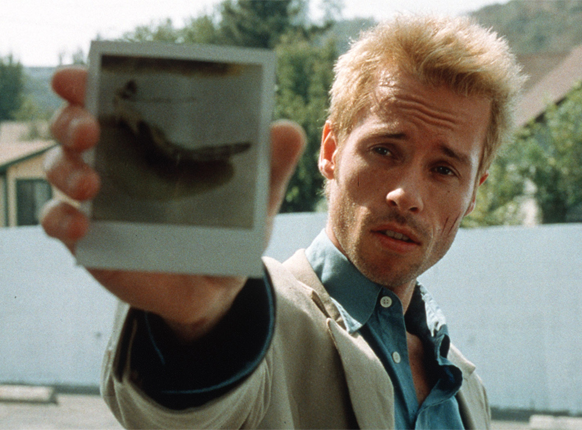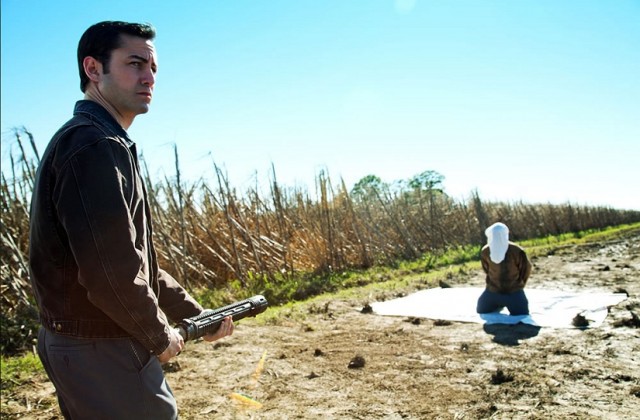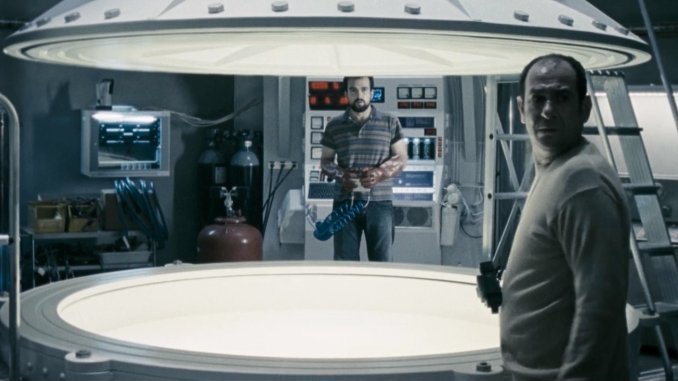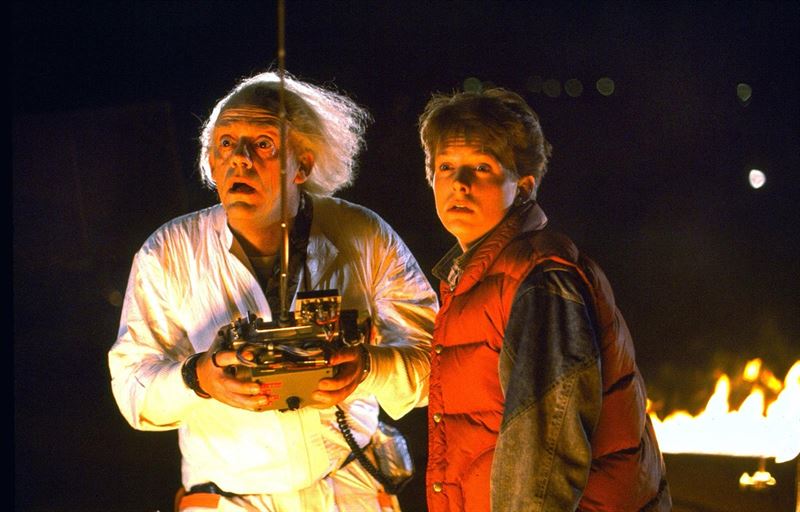
Thinkpiece Thursday
Non-Linear Stories
They might not be particularly common, but stories that are presented out of chronological order can be fascinating exercises in audience manipulation. If you pull it off, a non-linear story can really keep your audience engaged, working out the mystery that unfolds, searching for the clues that they find as we are presented with each fragment of time, leading to that great pay-off.
However, there is the risk that you confuse the viewer and lose their interest. A central mystery, about why the story is told out of sequence, isn’t enough. You have to justify telling a story in this way through the arc of your Character, or Characters.
Will we learn of shocking or vital personal revelations by watching the story’s end at the beginning of the movie? Do we learn to empathize with a Character, or Characters, by first learning about their future? Some great examples that show how this can be done well are Memento, Pulp Fiction, Back To The Future, Looper and Timecrimes.
Memento
 Memento is the first great example of a non-linear narrative that come to mind. Christopher Nolan’s breakout hit, based on a short story written by his brother, tells the story of amnesiac detective Leonard Shelby (Guy Pearce) as he tries to find his wife’s killer. He has to tattoo clues onto his body, and takes polaroids, because he keeps forgetting what he had previously discovered.
Memento is the first great example of a non-linear narrative that come to mind. Christopher Nolan’s breakout hit, based on a short story written by his brother, tells the story of amnesiac detective Leonard Shelby (Guy Pearce) as he tries to find his wife’s killer. He has to tattoo clues onto his body, and takes polaroids, because he keeps forgetting what he had previously discovered.
The film takes place out of order, representing Leonard’s patchy memory. As the film progresses, we learn of vital clues that will help the audience solve the mystery. We also find out that Leonard is being manipulated. The film’s structure is vital to how the plot unfolds, and how Leonard changes as a person.
Christopher Nolan loves telling his stories in a non-linear fashion- Dunkirk, Inception, Batman Begins and The Prestige all employ this technique. It always works because Nolan, despite his love of spectacle, puts Character first.
Pulp Fiction
 Quentin Tarantino’s most famous film features a wide variety of characters, all with different arcs, intersecting with one another as the complex script jumps backwards and forwards in time.
Quentin Tarantino’s most famous film features a wide variety of characters, all with different arcs, intersecting with one another as the complex script jumps backwards and forwards in time.
One of the most famous moments, presented out of chronological order, is a flashback to Christopher Walken’s soldier telling a young Bruce Willis about the history of his late father’s wristwatch during their time together on the battlefield. It tells us about Bruce Willis’ character, and this also pays off later in the film.
Tarantino is a huge fan of structuring his films in a non-linear fashion, most notably in The Hateful Eight. As the writer of his films, as well as Director, he always justifies the use of this style of filmmaking because it is always done in service of his Characters.
Justify Your Method
 Back to the Future, Rian Johnson’s 2012 film Looper, and Nacho Vigalondo’s 2007 Spanish film Timecrimes (Los Cronoscrimines) are both high-concept Science-Fiction films that are centered around Time Travel technology. They can justify the use of a non-linear narrative even more than the aforementioned examples.
Back to the Future, Rian Johnson’s 2012 film Looper, and Nacho Vigalondo’s 2007 Spanish film Timecrimes (Los Cronoscrimines) are both high-concept Science-Fiction films that are centered around Time Travel technology. They can justify the use of a non-linear narrative even more than the aforementioned examples.
The fact their films have a non-linear narrative is central to the film, as opposed to a gimmick. Their Characters experience events in a non-linear fashion and it shapes their evolution throughout the films. These films have both Story and Character reasons for being non-linear.
Structure of A Character’s Journey
You better have a good reason to tell your story out of order. If you just do it as a gimmick, your story is confusing and unsatisfactory for the audience. But, even worse, you’ve betrayed your Character. Even if your film’s structure is out of order, before you put pen to paper, or finger to keyboard, you need to map out your Character’s journey from start to finish.
 One method is to plan out your story, and therefore the Character’s arc, in chronological order. That way, you know where you character starts and where they end up. Then, as you rewrite, you can begin to move all the plot points into an order you feel will benefit your story and your Characters.
One method is to plan out your story, and therefore the Character’s arc, in chronological order. That way, you know where you character starts and where they end up. Then, as you rewrite, you can begin to move all the plot points into an order you feel will benefit your story and your Characters.
If you know your non-linear structure well enough, you can plan out your character’s arc this way. That way, audience and Character experience the same arc at the same time, and only you know how it truly ends. Think about why you’ve placed this flash-back, or that flash-forward, on page 24 for example. Are you hitting a story beat? Do we need to know this revelation about the Character at this exact point for maximum impact?
The Character Map
 When you use a Character Map, it doesn’t matter what order your story is in. The film examples above show you how different writers and directors approached this kind of narrative, and that they had a good reason to do it.
When you use a Character Map, it doesn’t matter what order your story is in. The film examples above show you how different writers and directors approached this kind of narrative, and that they had a good reason to do it.
You can write your non-linear story any way you want, but it’s going to be a lot easier, and your Characters will be much better, if you use a Character Map first. It will help you work out what your Character is like at the start of the story, and who they are by the end of it. You’ll know how they present themselves to others, what they’re afraid of, what traits they rely on, what traits get them into trouble and what they have to do in order to change.
The order in which you tell that Character’s journey is up to you. But have your Character mapped out first so you don’t have a nonsensical mess with no emotional anchors. My Character map eBook can help you. It’s available at my online store.






No comment yet, add your voice below!